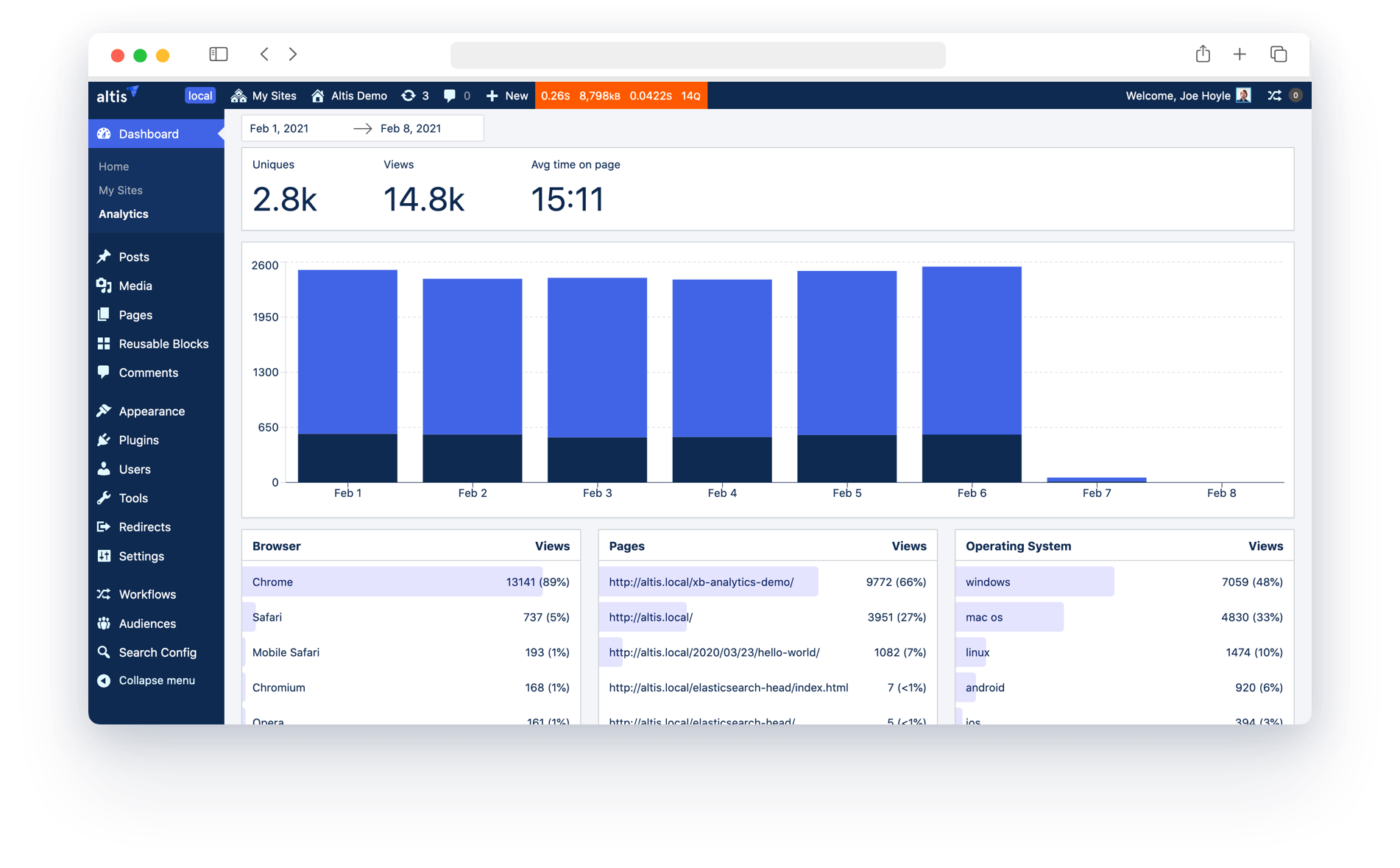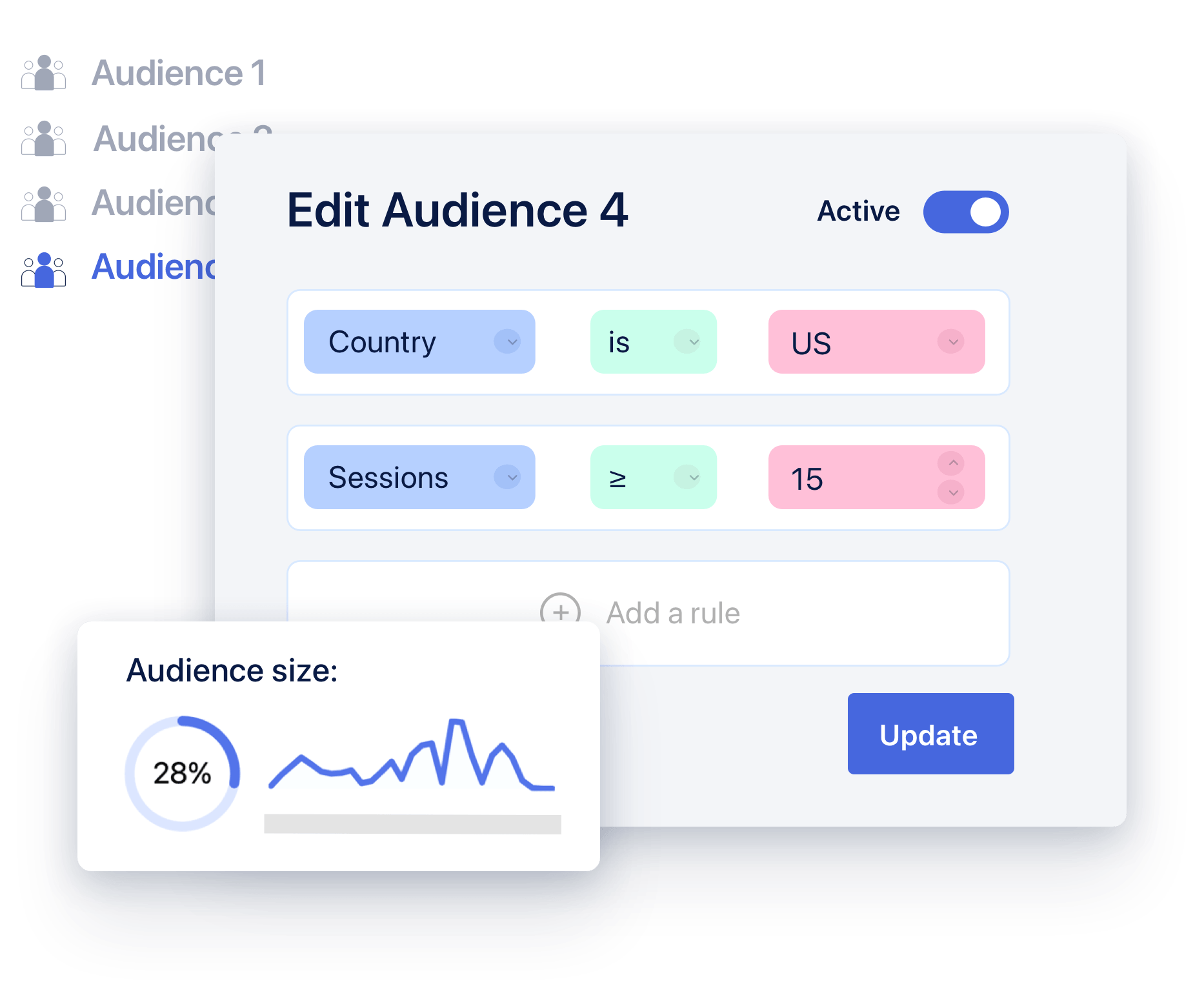The more frequently you use something, the higher your expectations become – and this rings especially true online. The more you visit a particular website, or shop online with a specific brand, the more personal and relevant you expect your digital experience and content to become.
A strong online presence – complete with high levels of website and content personalization – has always been important for brands, of course. But the COVID-19 pandemic thrust the importance of digital personalization even further into the spotlight. According to research, global internet users reached 4.95 billion at the start of 2022, climbing by 4% since last year.
Yet, while people’s online behavior understandably shifted during the pandemic (there was no choice, after all), the key takeaway is that their browsing attitudes and expectations for better online experiences have irreversibly changed – and brands must evolve in tandem.
Indeed, 2022 research from Adobe shows changes to online behavior are not only unlikely to return to pre-COVID levels, but they’re also set to accelerate. The key findings from the UK include:
- 76% of companies experienced a surge in use of digital channels by existing customers.
- 89% of business leaders say customer expectations are now digital-first.
- 87% say customers will continue to expect more digitally-led experiences during 2022 and beyond.
It’s clear that people now expect a relevant and personal experience every time they open their phone or laptop – it’s become their minimum expectation. Crucially, it’s the brands who experiment with even more sophisticated ways to present a seamless and personal customer journey that will thrive in the digital-first era.
What does first-class content personalization look like in the digital-first era?
While non-marketers may perceive online personalization as something as simple as using their first name at the top of an email – it’s clear that we’ve evolved far beyond the days of “[INSERT FIRST NAME HERE]”.
80% of consumers are more likely to make a purchase when brands offer personalized experiences.
In fact, the best personalization is when the user doesn’t even notice it. And that starts with content personalization on your website. It’s the most important place to build gravitas, present your brand with authority, and build trust between yourself and your prospect.
Users want to see recommended articles that are relevant to their needs and wants. They want personalized feeds that are tailored to their location, their industry, and even their specific challenges and painpoints.
But brands face numerous challenges when it comes to delivering better content personalization, not least the limitations of their most important asset – their website. Indeed, the same Adobe research revealed that nearly four in 10 (37%) marketers and IT folk admit poor technology integration is their biggest barrier holding back great customer experience.
For WordPress-powered websites, the content personalization hurdles are even more keenly felt. Its customization options are limited and require making core updates to your website’s back-end. Unless you’re a WordPress pro, these changes are risky and can damage the functionality of your site.
It leaves many brands either hesitant to add content personalization options to their website, or forces them to invest in expensive alternatives (such as plug-ins or costly and time-consuming freelance experts). These options greatly restrict the agility needed to make changes to your website on the fly – the real-time content tweaks that can add that dose of personalization needed to usher a prospect along their customer journey.
WordPress content personalization: Elevate your customer experience
Despite the personalization limitations of WordPress, there are options out there for brands and marketing teams looking to apply higher levels of content customization to their website, the most effective coming in the shape of digital experience platforms.

These technologies are built to integrate seamlessly with WordPress, enabling brands to create, present, and measure content that’s highly personalized to specific audience segments. Even more impressively, these customization options can either be presented in block-sized chunks or dominate entire pages, allowing brands to experiment with just the right levels of personalization to help boost engagement and conversion rates.
Of course, this starts with building accurate and detailed audience segments. Data is key – so it should come as no surprise that 60% of senior leaders rank data and insights as their top technological priority for the year ahead.
Brands can create numerous iterations of a singular piece of content based on an individual user’s segment requirements.
With bespoke digital experience platforms built on WordPress, brands have access to an even deeper level of native analytics than afforded by WordPress out of the box. It allows marketing teams to build dynamic audiences, segmenting new and returning site visitors by detailed variables that can be set and changed on the fly, such as interests, location, device type, past interactions, and so on.
For example, brands can create numerous iterations of a singular piece of content based on an individual user segment’s requirements. They can even split-test different pieces of content with the same audience, to determine which level of personalization is resonating more, and optimize accordingly.
This empowers marketing teams to assist their customers’ journey towards finding answers and insight by displaying automated, dynamic content to multiple audience segments across multiple markets and locations to meet a variety of objectives.
Taking action with better WordPress native analytics
Another plus to using a bespoke WordPress digital experience platform is more sophisticated use of native analytics, empowering marketing teams with more detailed insights, so they can make more informed decisions, and deliver even deeper levels of personalization.
Out of the box, WordPress doesn’t provide the level of detailed analytics marketers need to truly understand key metrics, such as audience behavior, engagement, and conversion/acquisition.
However, using a digital experience platform lets brands track content performance and optimize based on increasingly detailed behavioral analytics. They can even use machine learning to respond to user data, automatically optimizing content.

Content personalization that matters: evolving your WordPress UX
Another handy tool allows marketing teams to even calculate the exact percentage of certain webpages that contain personalization. The ‘Personalization Coverage’ toolset enables brands to measure the percentage of visitors that are seeing personalized content.
The ultimate goal is to present each audience segment with the content personalization that not only best serves their present needs, but also adapts to their ongoing behavior.
What’s more, users can fluidly move between audience segments based on their real-time behavior. This means if their location changes, they are immediately presented with the option of localized, local-language content. Or, if they engage more often with specific types of content, they’ll be presented with similar pieces, or be ushered further down the funnel towards related gated content.
The ultimate goal is to present each audience segment with the content personalization that not only best serves their present needs, but also adapts to their ongoing behaviour, ultimately resulting in that all-important conversion.

Building digital experiences on WordPress
Ultimately, by using a digital experience platform to absolutely nail content personalization, brands will not only reinforce their brand values, leadership and insights within content, but will also increase the trust between customers.
Armed with a website that’s flexible and can adapt to meet user-specific requirements, brands can gain greater ownership of content lifecycles, prioritization, ranking and delivery.


